Gridelruche
A simple ring of fabric, and yet the power it holds over myth...A gridelruche is a traditional and somewhat sacred garment from the scattered half-light people. In its most typical form, a gridelruche is a small ruched band of satin fabric worn around the ankles, often hidden out of sight beneath one's robes.
When danger stalks, or when life's momentum builds, to wear a gridelruche is to add a ruffled layer of security against that which would otherwise interfere. It is not lucky in the sense that it grants luck; no, a gridelruche instead is a mundane trap for the silent dark that stalks the half-light.
Captured within its folds, the darkness cannot threaten the wearer. For once, they may rest easily in the shade.
The gridelruche is a means of protection and a way of bonding, and many of the half-light interpret their traditional ruches in increasingly creative ways. Though ankle-bands may be the tradition, it is not uncommon to find half-light brides dressed in fully gridelruched gowns, with smaller ruches in their hair, or to find armoured half-light knights padding the joints of their armour with ruching.
So long as the ruche fully encircles the body in some way, its protection is said to be in place.
Manufacturing process
Perhaps the best part is the ease of it. I cannot imagine it would be difficult to gather fabric!Though the original gridelruches were specifically crafted from rich satin dyed a gridelin shade (meaning a shade of purple-grey), any material or colour can feasibly be used for a gridelruche, and easily at that. Reflective fabrics are seen as far safer to use, as their shimmering lights will especially help against the deep shadow that would otherwise drown the wearers.
Most half-light crafters will use satins or velvets - quality weaves with some reflectiveness to them, but comfortable enough that they shall not be upsetting to wear. It's also not wise to use anything too expensive, as tradition does generally indicate that the gridelruche should be burnt when its use is done.
Once the fabric has been selected, the colour needs to be set. The faded purple of the original is not so traditional that it must be used; indeed, it is mostly only present in the name to distinguish gridelruches from other ruched crafts.
The colour is usually selected either out of convenience, or to match the personality of the wearer. It's good luck to ensure they're compatible, after all.
All that is otherwise needed is a needle, thread, and preferably some form of stretchable string (though string itself is also easily used). The sewing process can be painfully simple once these have been collected, depending on the precise method chosen.
History
Should slivers call from shiv'ring halls, should silence again yet take...As the half-light crept from shadow to light, so too did the shade cling to them. Each shadow of theirs, each fold in their clothing and each draping of hair, held a darkness beyond the norm. When they stepped into the sunlight, this shade did not abandon them. It could not stay with them, for they too often found themselves running through light, but the sun's rays could not dispel the impenetrable. So the darkness slunk deeper beneath the ground, coalescing in the corners that nobody thinks to look in. Over time, it grew. Gained power, gained motive. The half-light were no fools; they sensed that they were not quite alone. Quickly, they warned their children to stay away from the utter oblivion that lurked where the night itself did not reach.
Yet there were some who needed to venture into those depths. The gatherers, the warriors, the miners. And there were those that needed to travel, to explore, to learn. Avoidance alone was not the solution for a problem they had unintentionally brought upon themselves. For years, their traditions were wild in finding ways to drive back the shadow - devices to set themselves alight, expensive magical concoctions, odd mushroom potions made of bioluminescence, and all of that sort of nonsense.
It was a half-light seamstress who came up with the gridelruche, or so the story goes. She had been dressing her eldest daughter for a wedding, and in gathering the fabric, had watched the shadows be captured in the iridescence of the material.
With the legends of her people thrumming through her ears, she was struck by epiphany: the shadows would be caught in the gathers, if she secured them like this. By using a light, reflective material, the light itself would dance on the fabric and trap the shadows in their creases.
Rarity
Uncommon; found only in half-light communities
Weight
Varies; usually less than 0.5kg
Base Price
Dependent on base fabric
Magical Accuracy
Those not of half-light descent have long suspected that the gridelruche is simply offering the dusktorn peace of mind via the placebo effect. Basic ruching of fabric is nothing special, and should not have any observable effect on magic - especially the aberrant magic of the Shadow Plane. And yet through trial after (dubiously ethical) trial, it does genuinely seem to have an impact. Half-light people sent into shadow experience significantly less psychological distress and degradation of willpower when equipped with a gridelruche, even one that's utterly mundane. It does seem to only be effective on the silent shades that follow the half-light, though, as even other fetchlings have not experienced similar benefits - despite risking and experiencing the same horrors as their cousins do, in a shadow beyond shade. This oddity has only cemented it in half-light cultures across the globe. It persists in their traditions even as they meld into larger cultures, occasionally even effecting the fashions of those they meet - Ordanian ruffled fashions are said to have taken inspiration from a particularly dramatic set of half-light gridelruches.It's just a ruffle. How did you people manage to make a ruffle special?


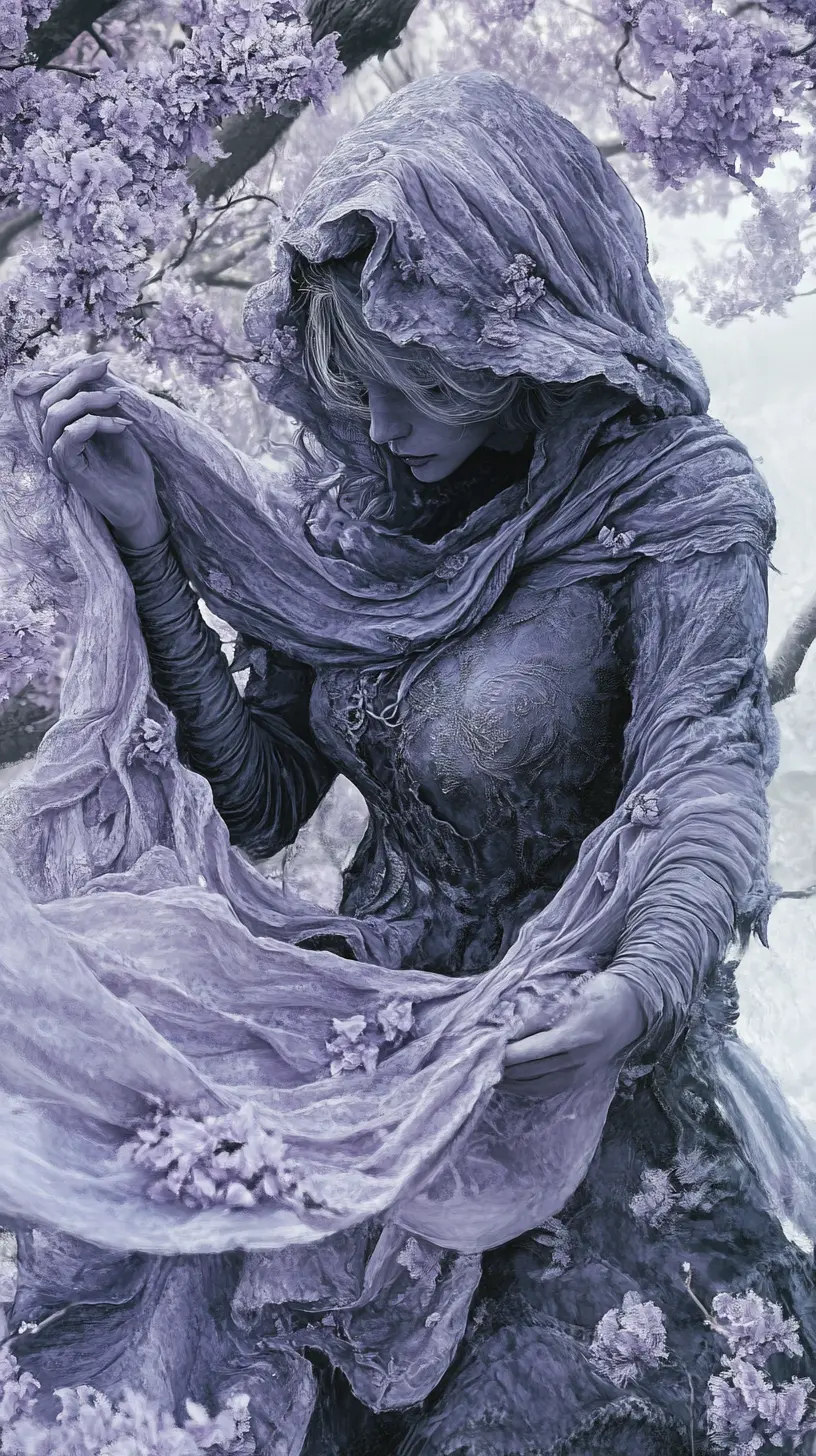
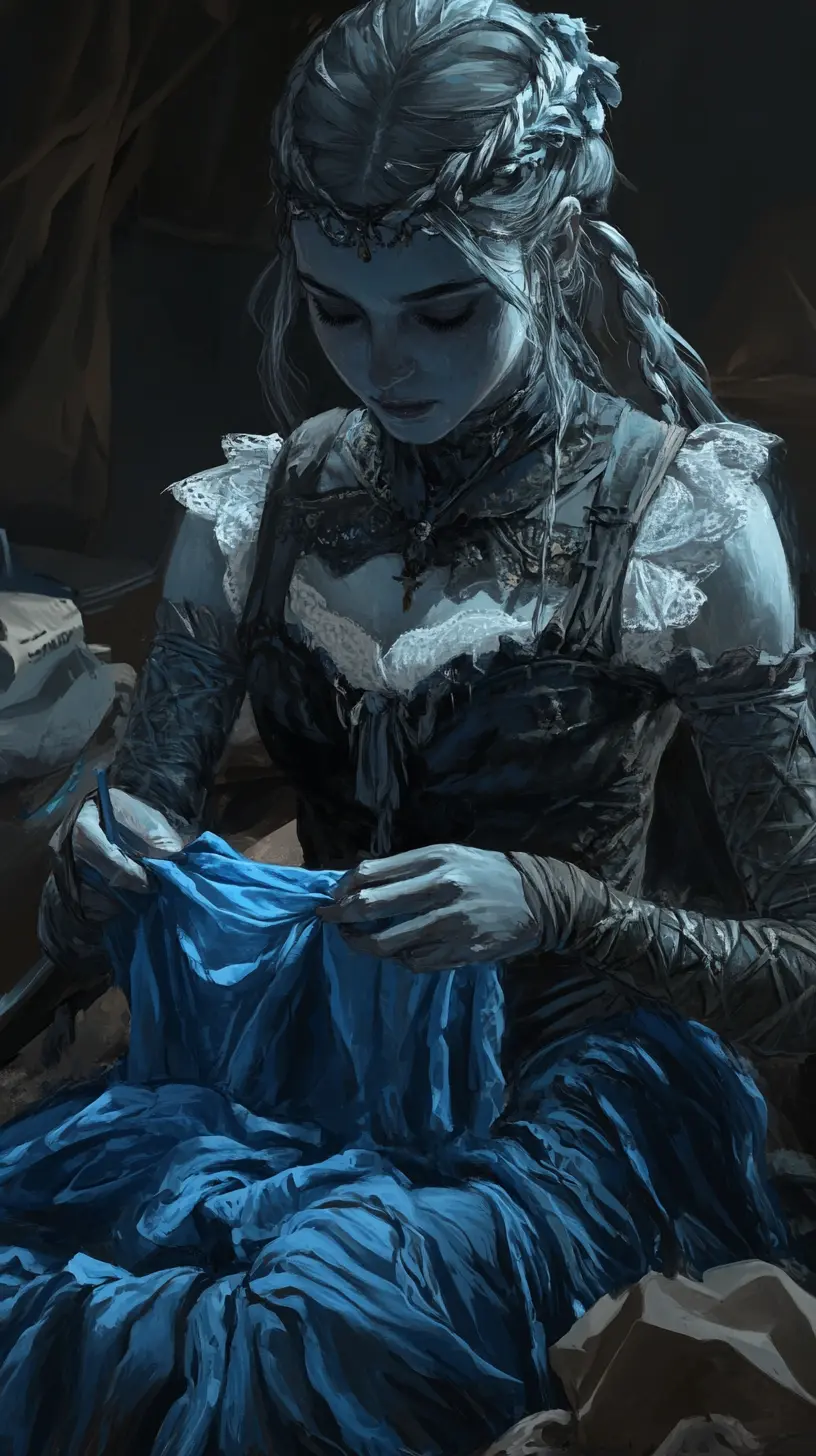
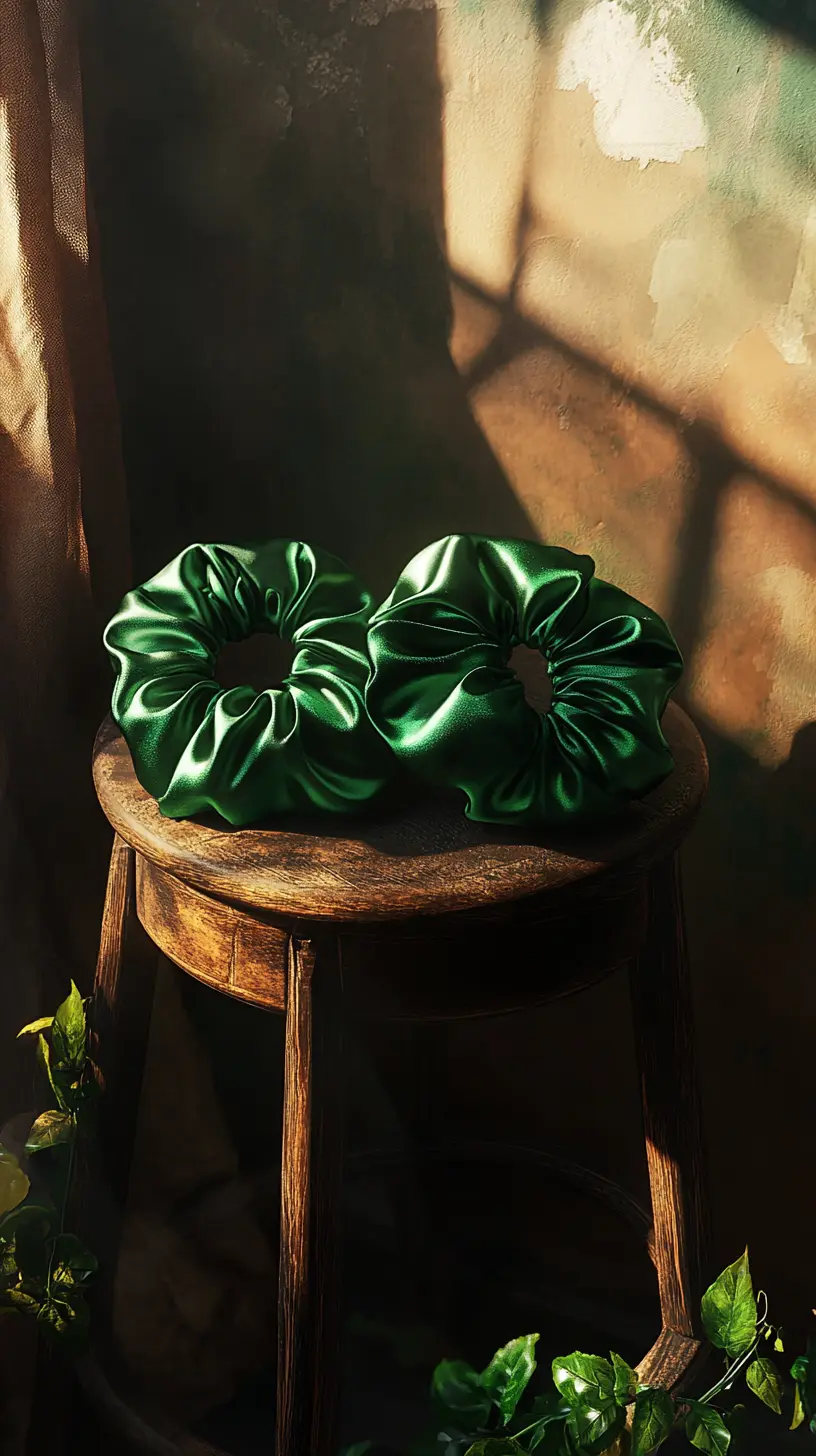
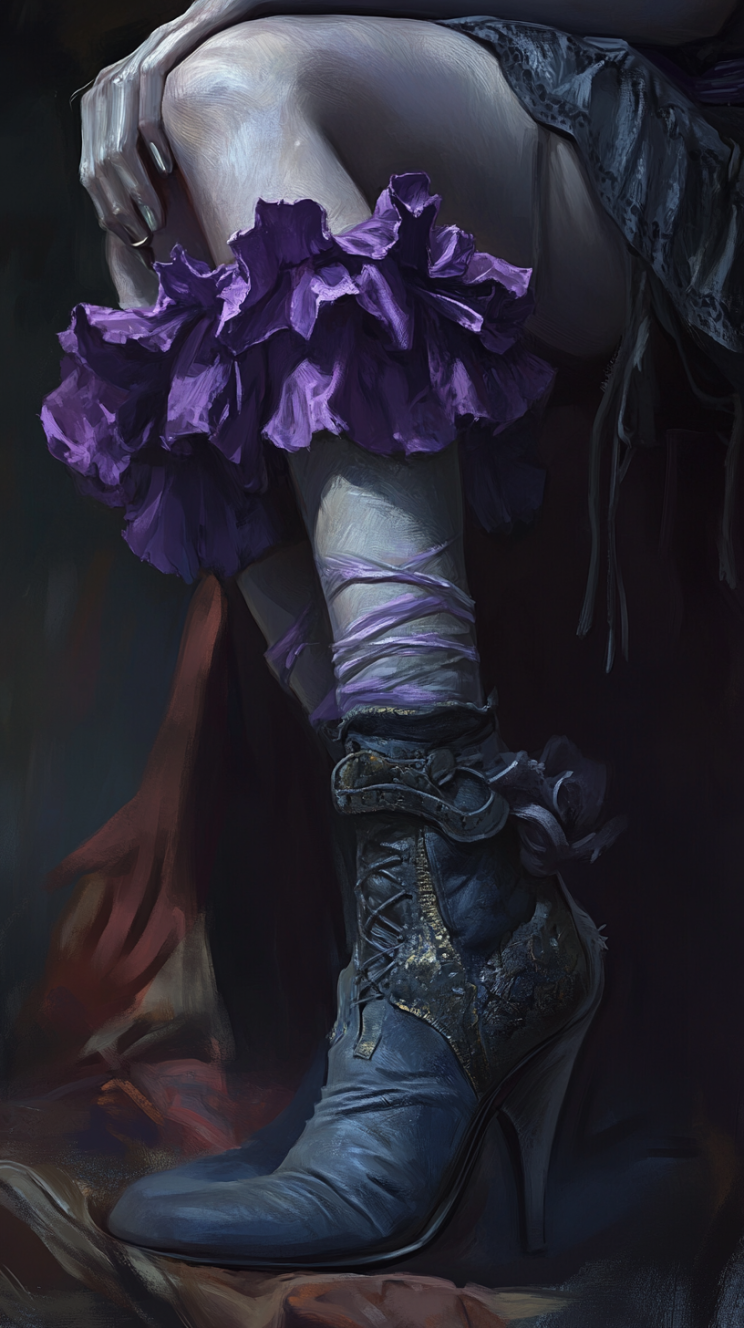
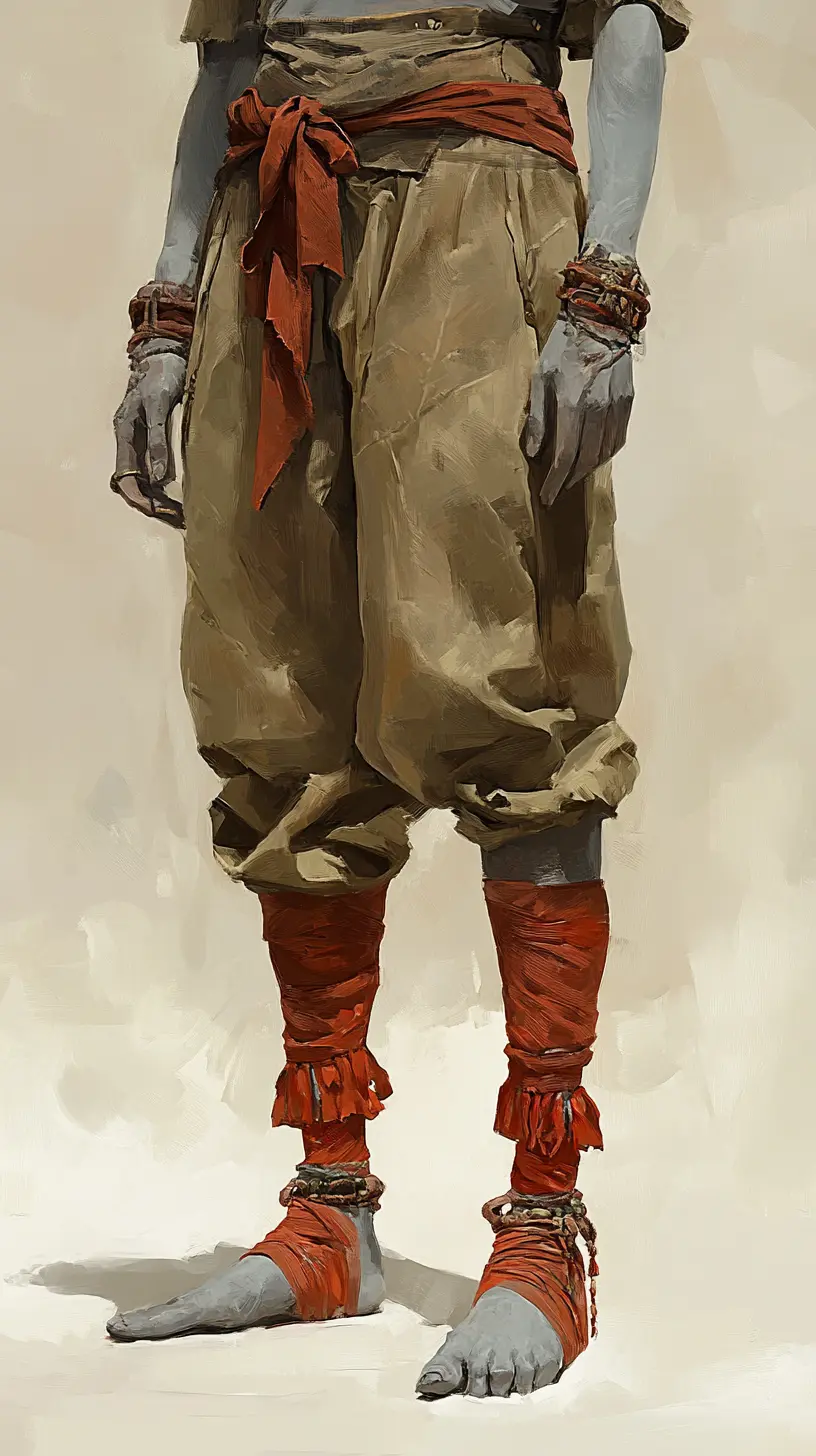






This prompt was the one I was expecting to likely enjoy the entries in the least. It is a nice task to have and consider but in the most mundane of senses fashion, perhaps unsurprisingly given my personality, has never hugely interested me. Now history, and cultural significance, symbolism, and other such aspects that can be tied to fashion, that can get me interested. This got me interested. It has a wonderful story, it has unique mystery and the cultural significance is very interesting and tickled the curiosity of my brain in just the right ways. I actually really enjoyed learning about this and have my own theories as to the power or lack thereof in the fabric itself. Perhaps the garment is merely a prop, a vessel, a focus, for the half light people's own power of belief? Perhaps their own belief manifests their protection and in a way thusly, the garment is equal parts talisman and crutch. Of course such a theory is more academic curiosity than it is truly important. It works, so why fix what ain't broke right? Well written again Han, I really liked this one actually, definitely tucking this neat bit of lore into the collection :)
Keon is right *Nods*